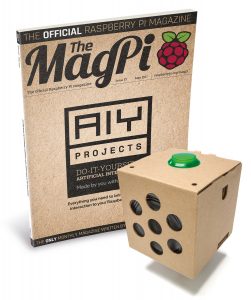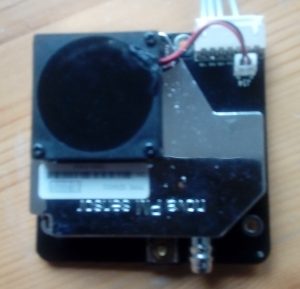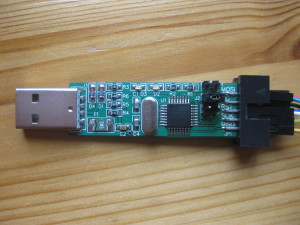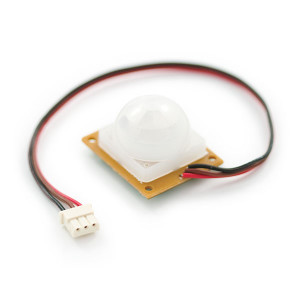Issue 57 of the official MagPi magazine contains a Do-It-Yourself Artificial Intelligence kit made by Google. The build instructions inside issue 57 are straightforward, so that you can talk to an intelligent device within minutes.
However, the installation walk-through in the MagPi57 did not work without problems, therefore I recommend to follow the instructions on Google’s AIY Project Page.
 Speech recognition is an amazing feature for the Pi and if you ever wanted to know what “the answer to life, the universe and everything ” is, you should go for it!
Speech recognition is an amazing feature for the Pi and if you ever wanted to know what “the answer to life, the universe and everything ” is, you should go for it!
The kit turned out to be very popular and it is currently difficult to get hold on it. It is sold out at many places :-(.
Continue reading Voice-control RC sockets with Google’s AIY Project Kit



